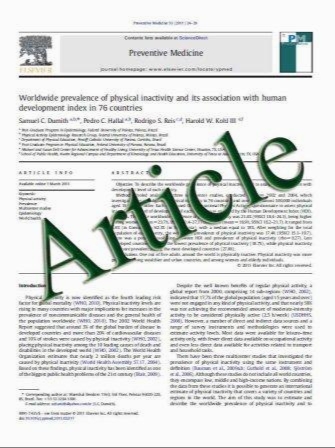Role of Radial Endosonography in the Diagnosis of Acute Cholangitis
- نوع فایل : کتاب
- زبان : انگلیسی
- مؤلف : Emrah Alper Belkis Unsal Zafer Buyrac Behlul Baydar Serdar Akca Fatih Arslan Yucel Ustundag
- چاپ و سال / کشور: 2011
Description
Background and Study Aim We aimed to assess radial endoscopic ultrasound (EUS) features of the bile duct wall as well as biliary luminal liquid characteristics in cases with acute cholangitis. Patients and Methods This prospective study was performed during the period from January 2009 to February 2010 in a tertiary referral center. Twenty-eight patients with acute cholangitis and 60 patients without acute cholangitis but with cholestasis due to gallstone disease were enrolled in the study. During radial EUS examination, sonographic features of the common bile duct wall, the intraductal luminal content, and nearby periductal structures were investigated. Mild hyperechogenic–heterogenic appearances with waving-type movements without acoustic shadowing enclosing one-third of the common bile duct were noted as purulent materials. Results EUS indicated an increased focal and/or diffuse concentric bile duct wall thickness ([1.5 mm) in 68 and 27% of the cases with and without acute cholangitis, respectively. The mean bile duct wall thickness was 1.9 mm (0.9–2.9 mm) and 1.1 mm (0.6–2.1 mm) in the study and control groups, respectively (P\0.05). On EUS, a pericholedochal hypoechoic strand more than 1.5 cm in length was present in 13 of 28 patients with acute cholangitis (46%). It was less than 1 cm long in 11 cases without acute cholangitis (18%). Bile duct content with heterogenous dense echogenicity without acoustic shadowing was present in 18 patients (64%) with acute cholangitis and in two patients (3%) without cholangitis. Those 20 patients were successfully drained with a same-day endoscopic retrograde cholangiography (ERCP) procedure which confirmed purulent biliary content after sphincterotomy. Same-day ERCP revealed no purulent material drainage from the bile duct in the other eight patients without cholangitis. The accuracy and positive and negative predictivity of diffuse concentric wall thickening and a peribiliary hypoechoic strand of greater than 1.5 cm in length for a diagnosis of acute cholangitis were 91, 86.3, and 67.1%, and 76, 72, and 54%, respectively. For purulent material, the accuracy and positive and negative predictive values of EUS for acute cholangitis were noted to be 87, 93.3, and 82%, respectively. Conclusion Through this study, it was concluded that EUS findings such as diffuse and/or concentric wall thickening of more than 1.5 mm and intraductal heterogenous echogenicity without acoustic shadowing are highly accurate and predictive for diagnosing acute cholangitis
Dig Dis Sci (2011) 56:2191–2196 DOI 10.1007/s10620-010-1552-3 Received: 8 October 2010 / Accepted: 22 December 2010 / Published online: 8 January 2011


